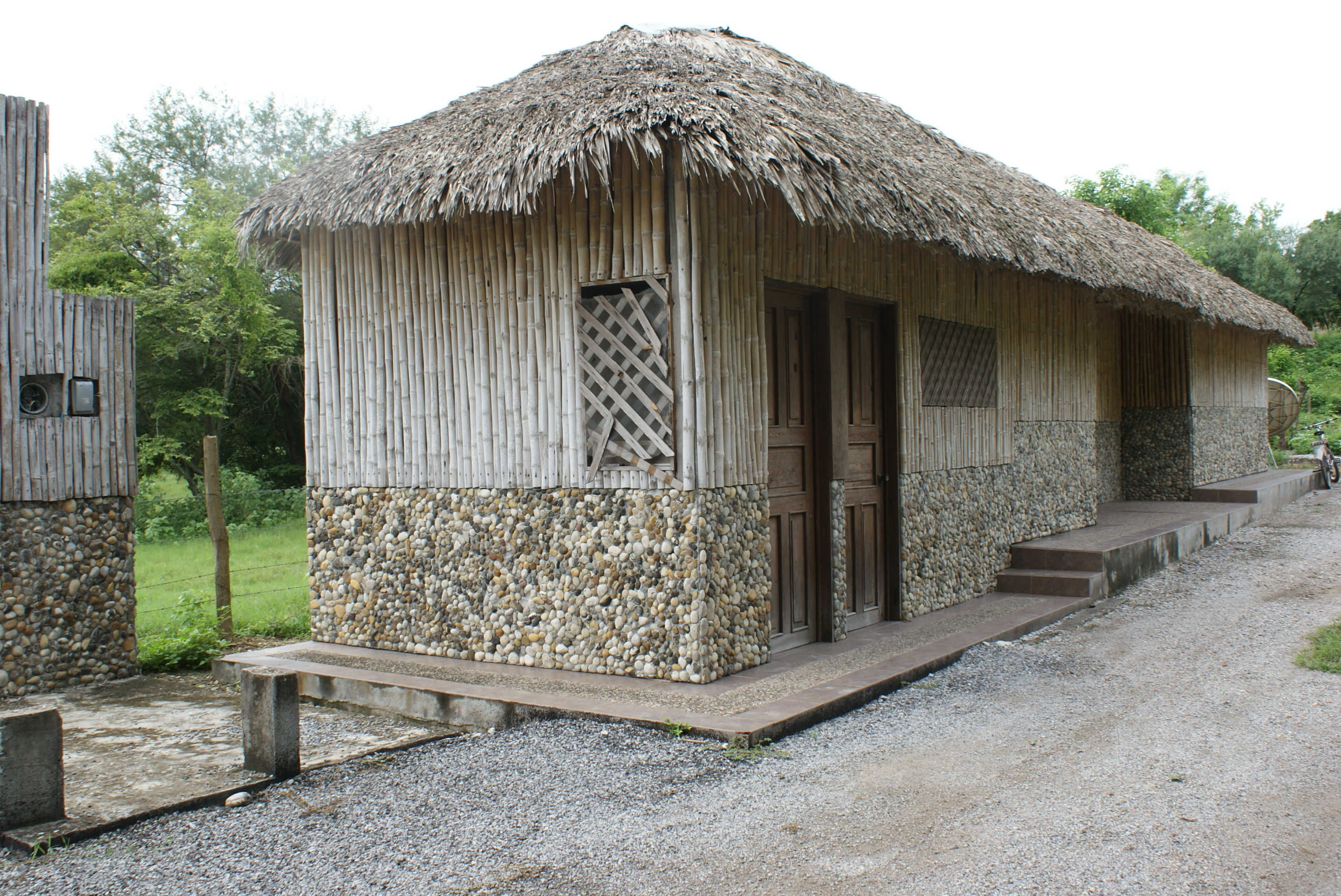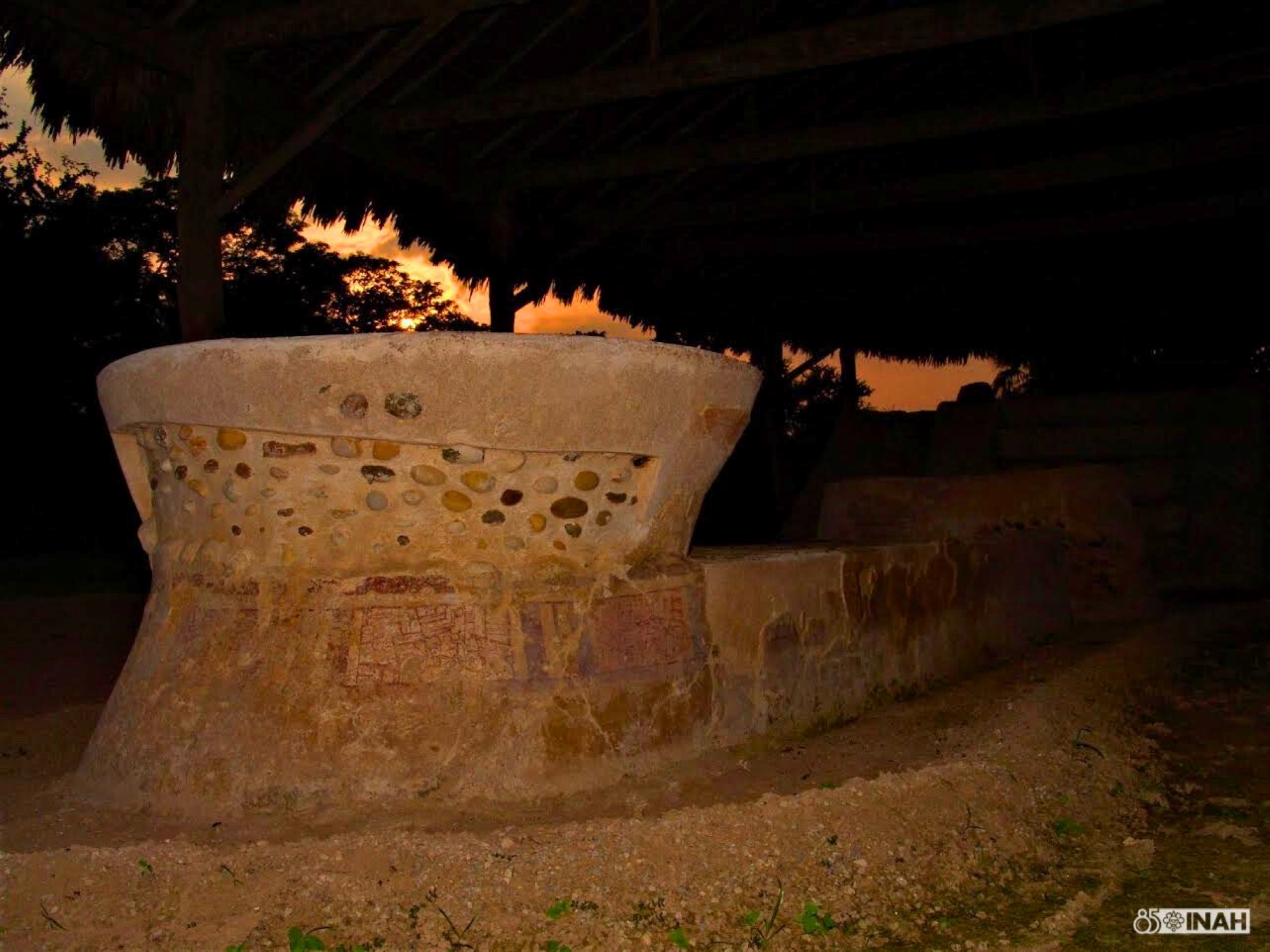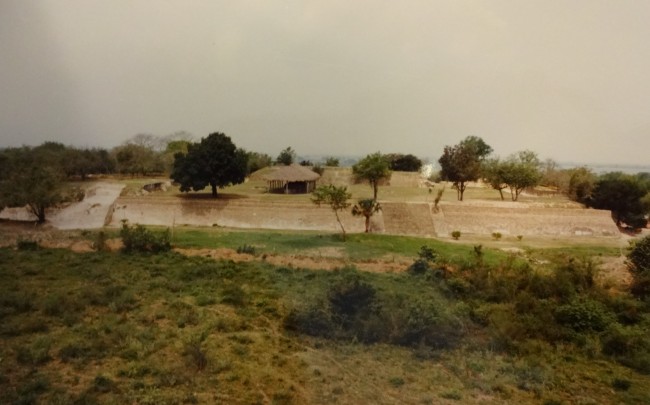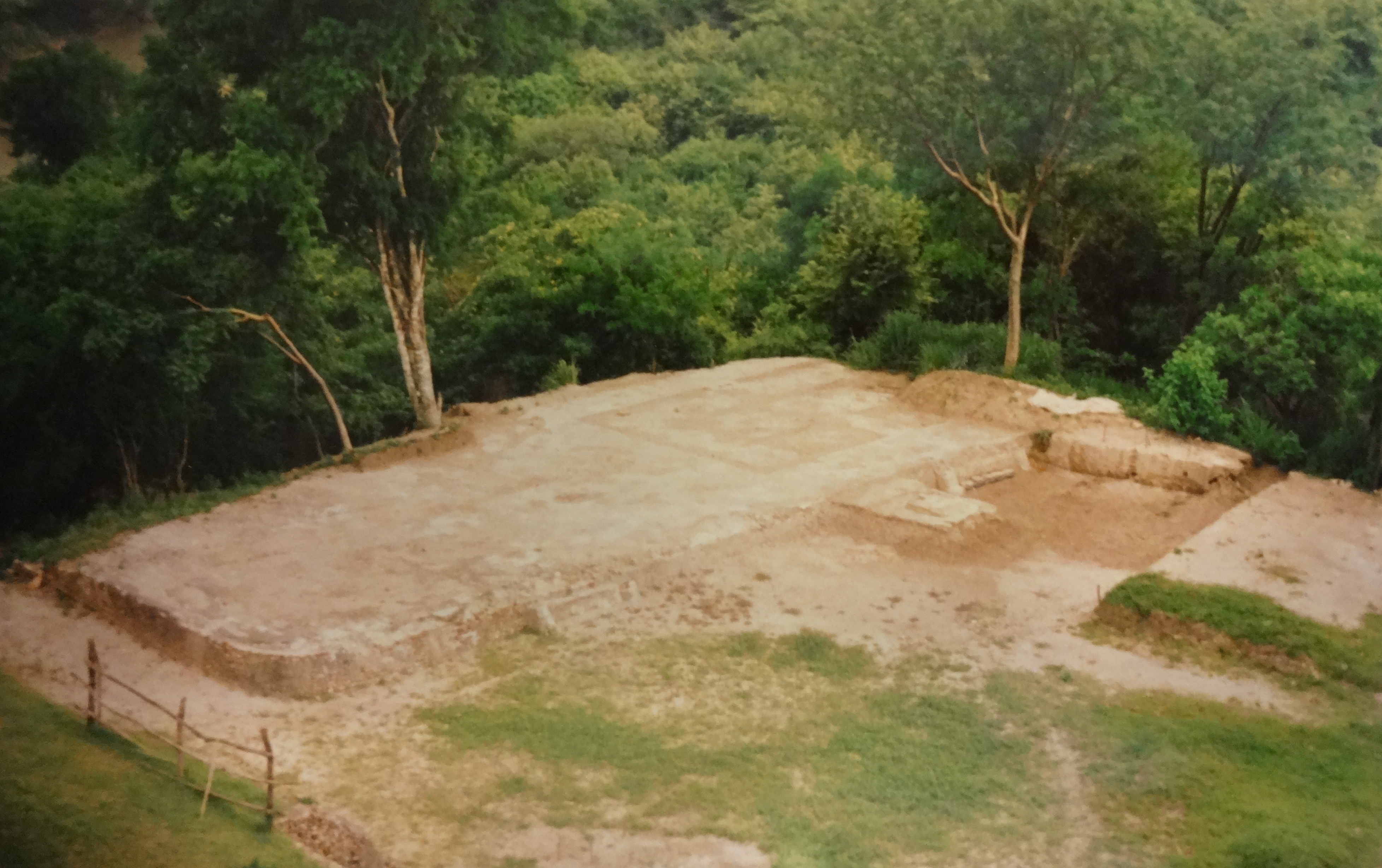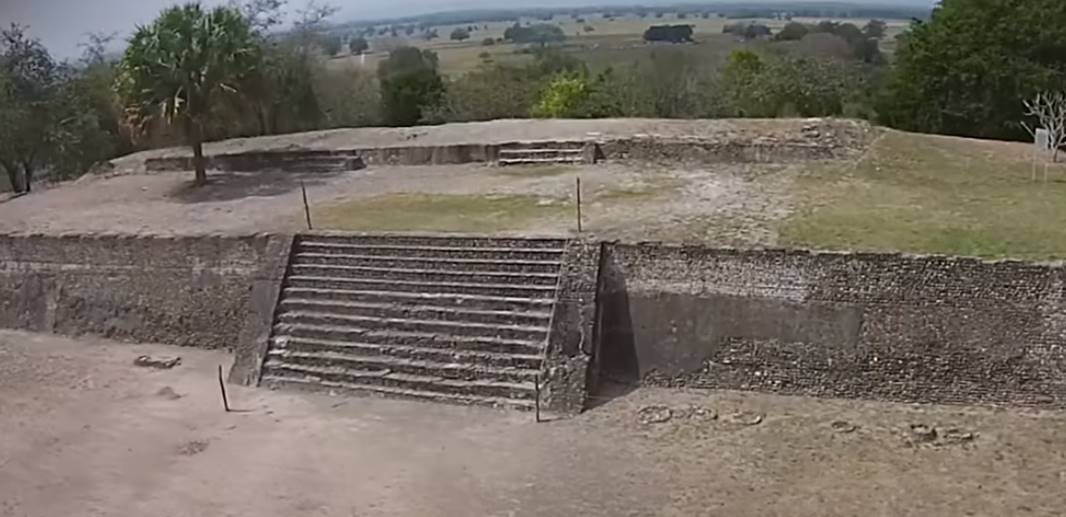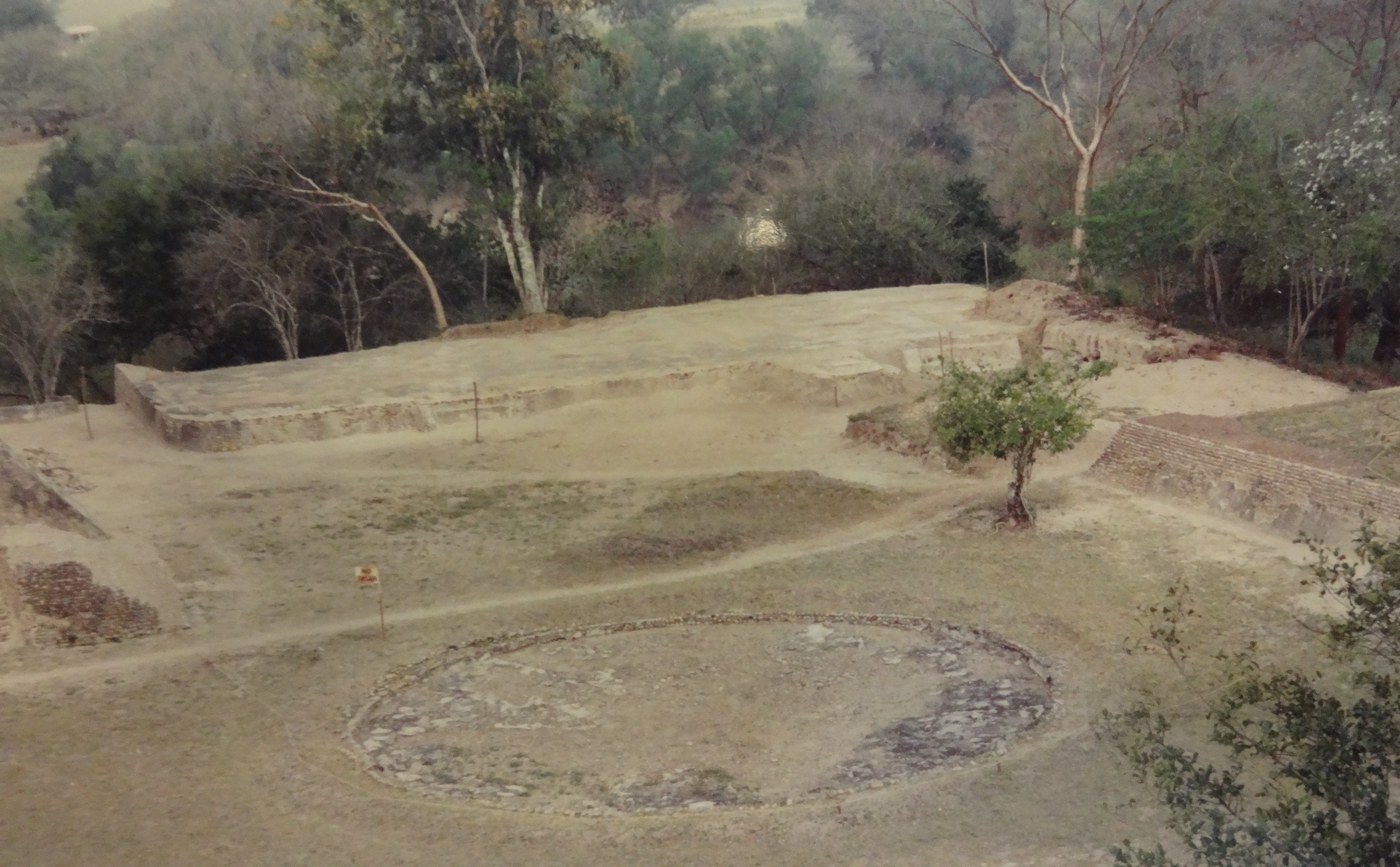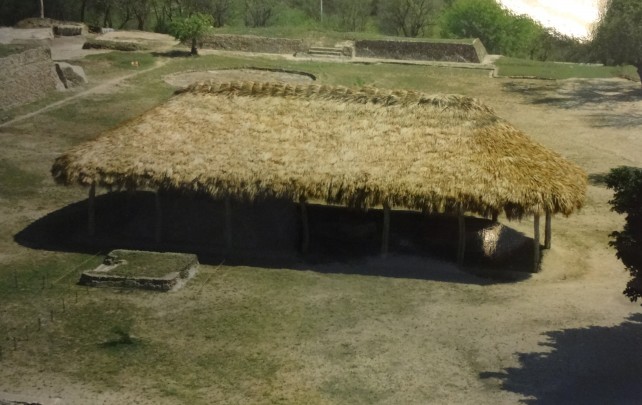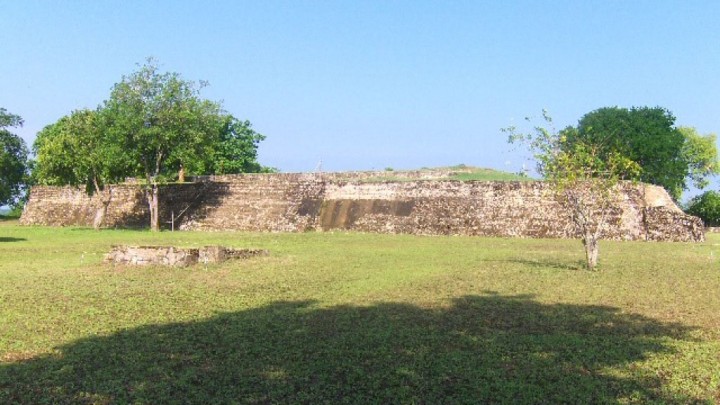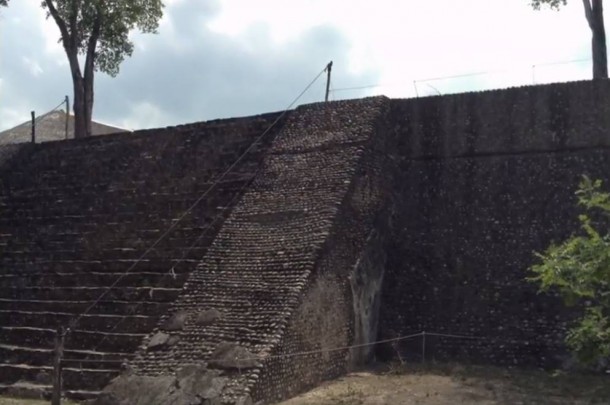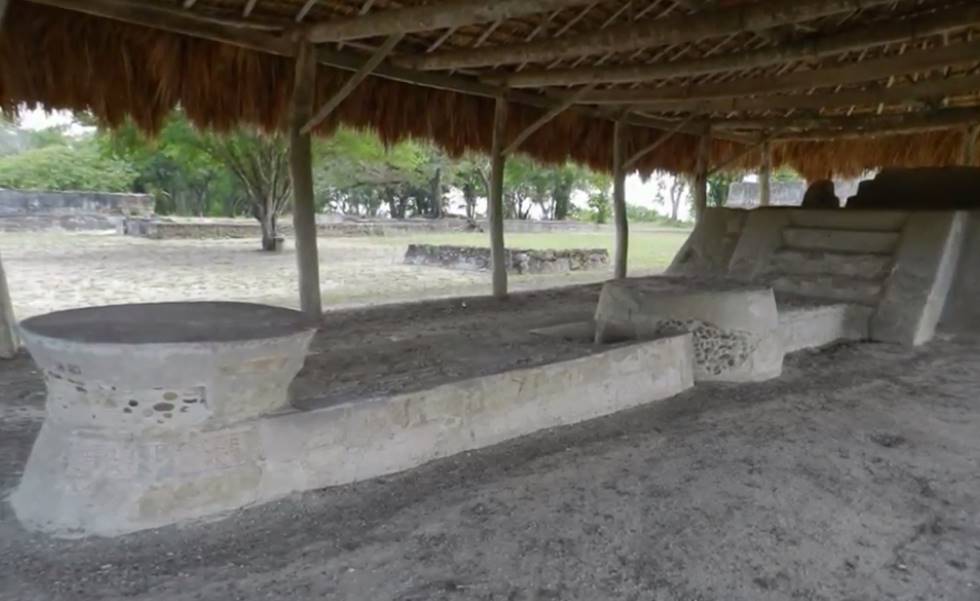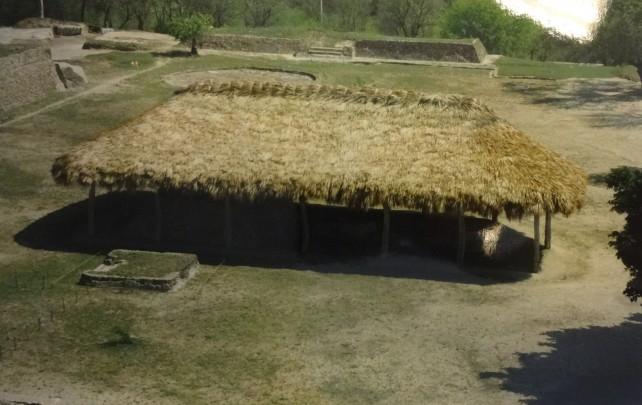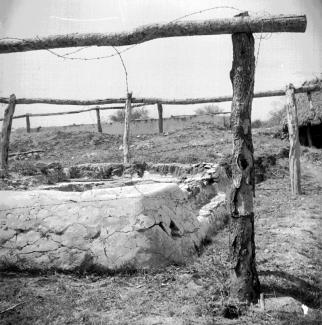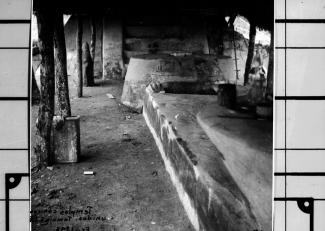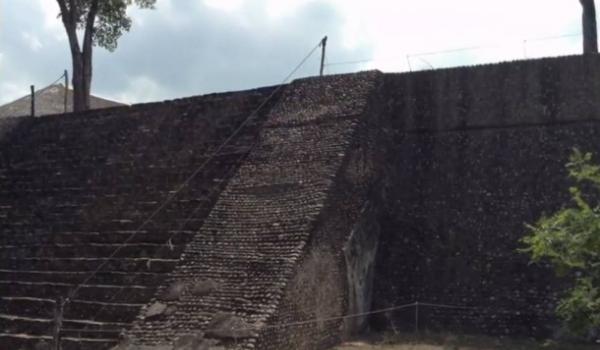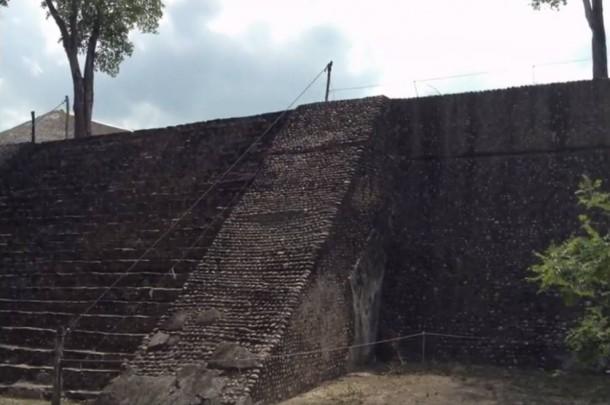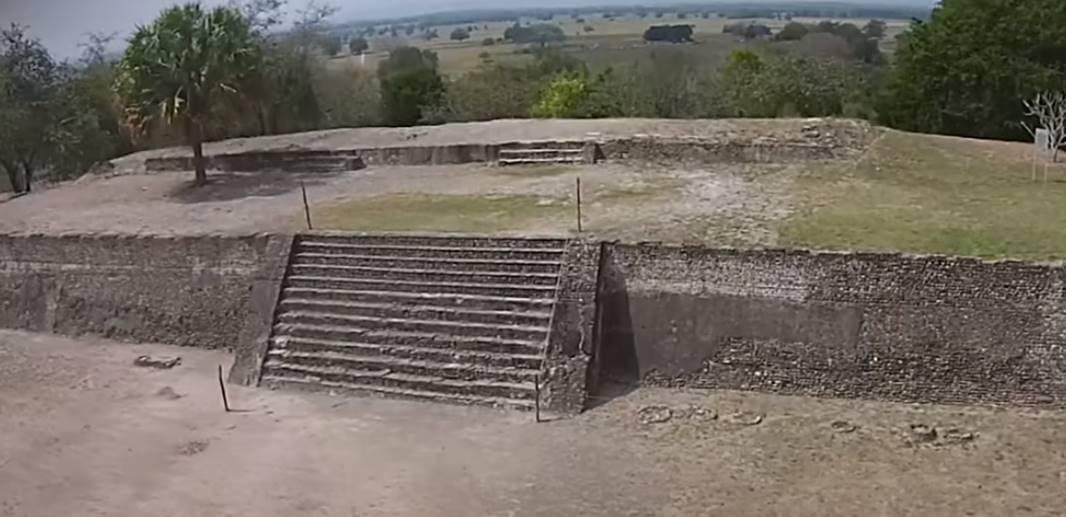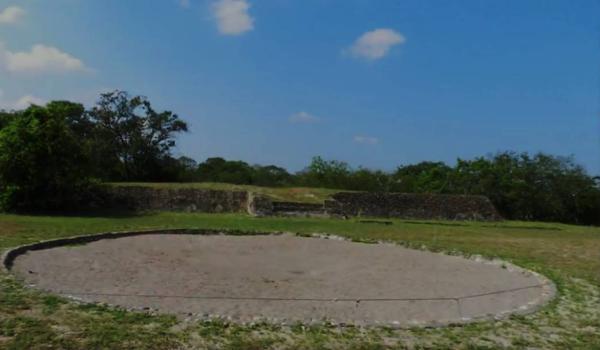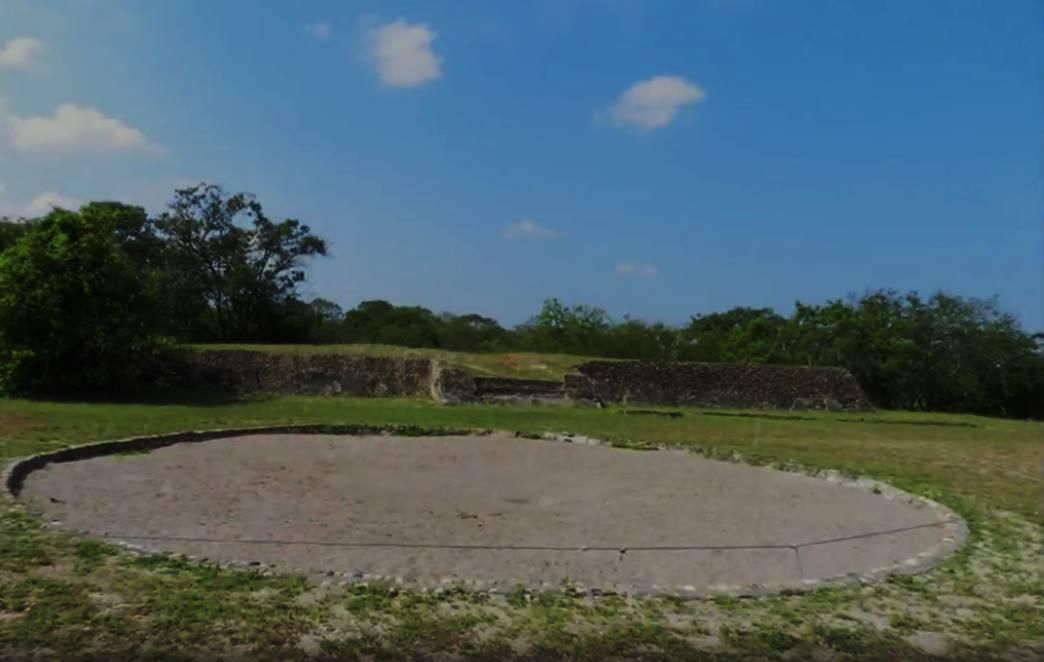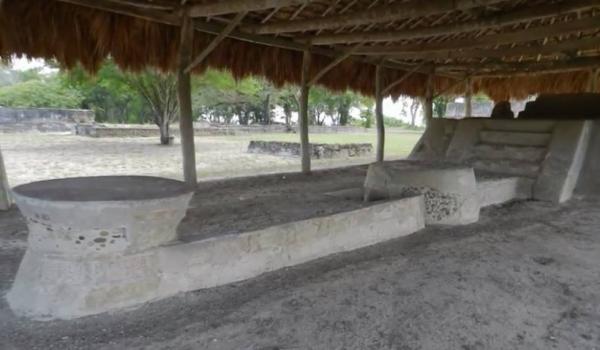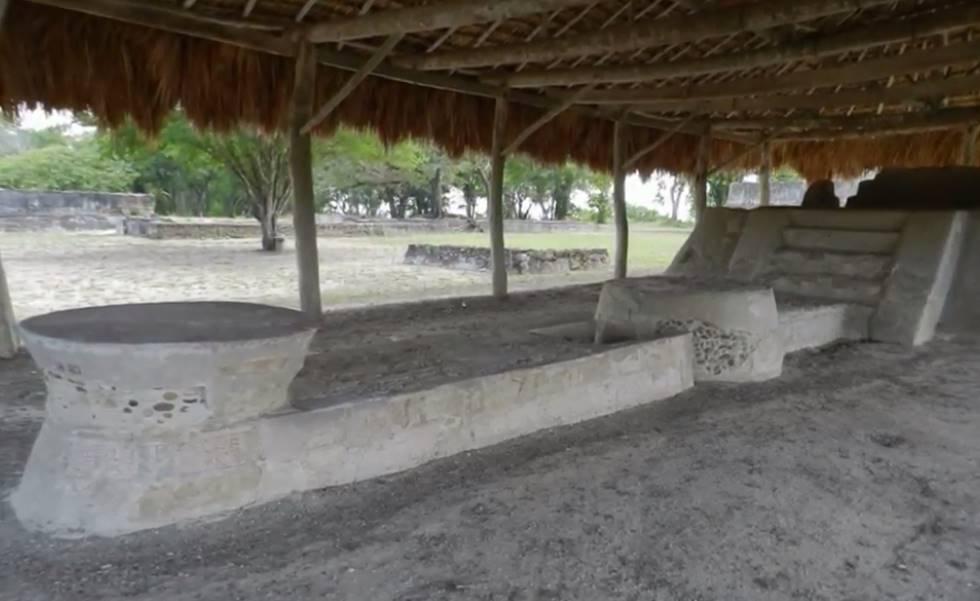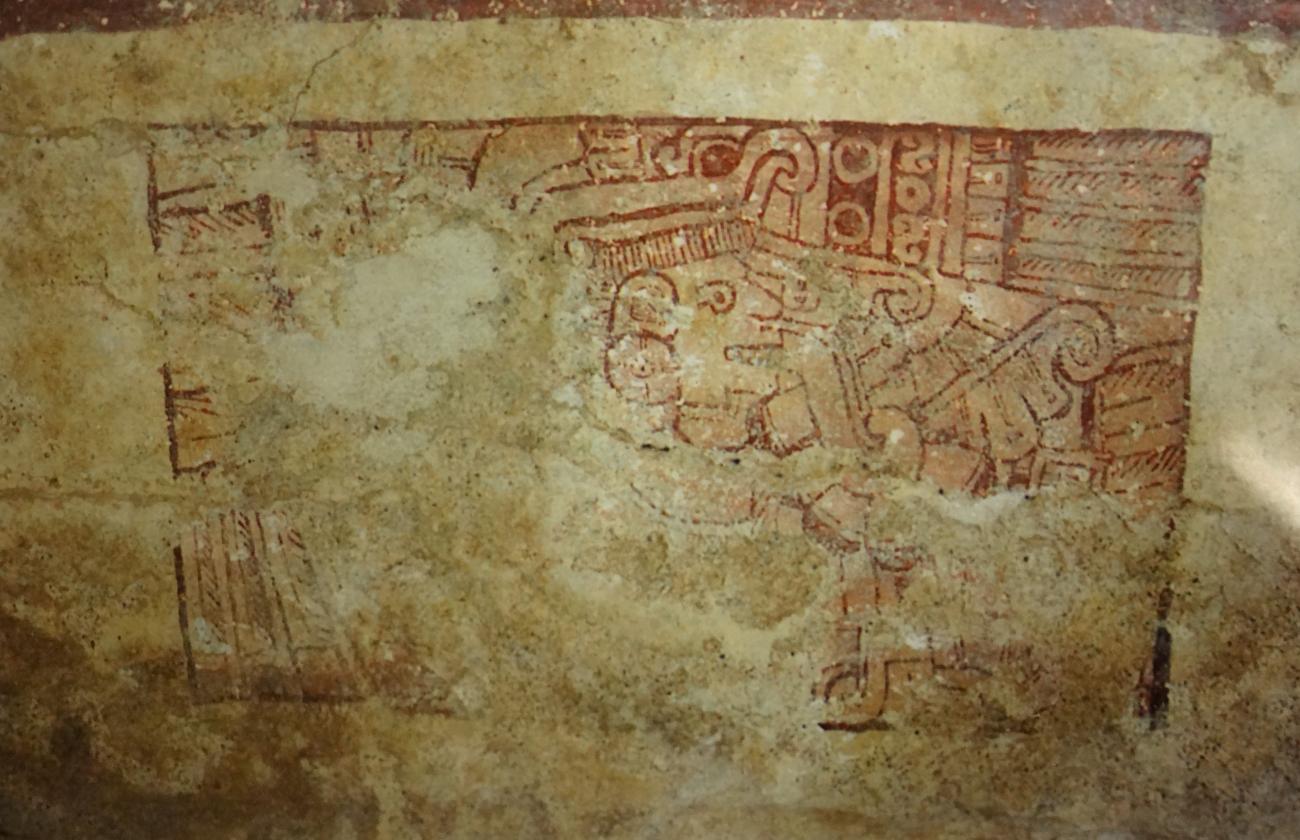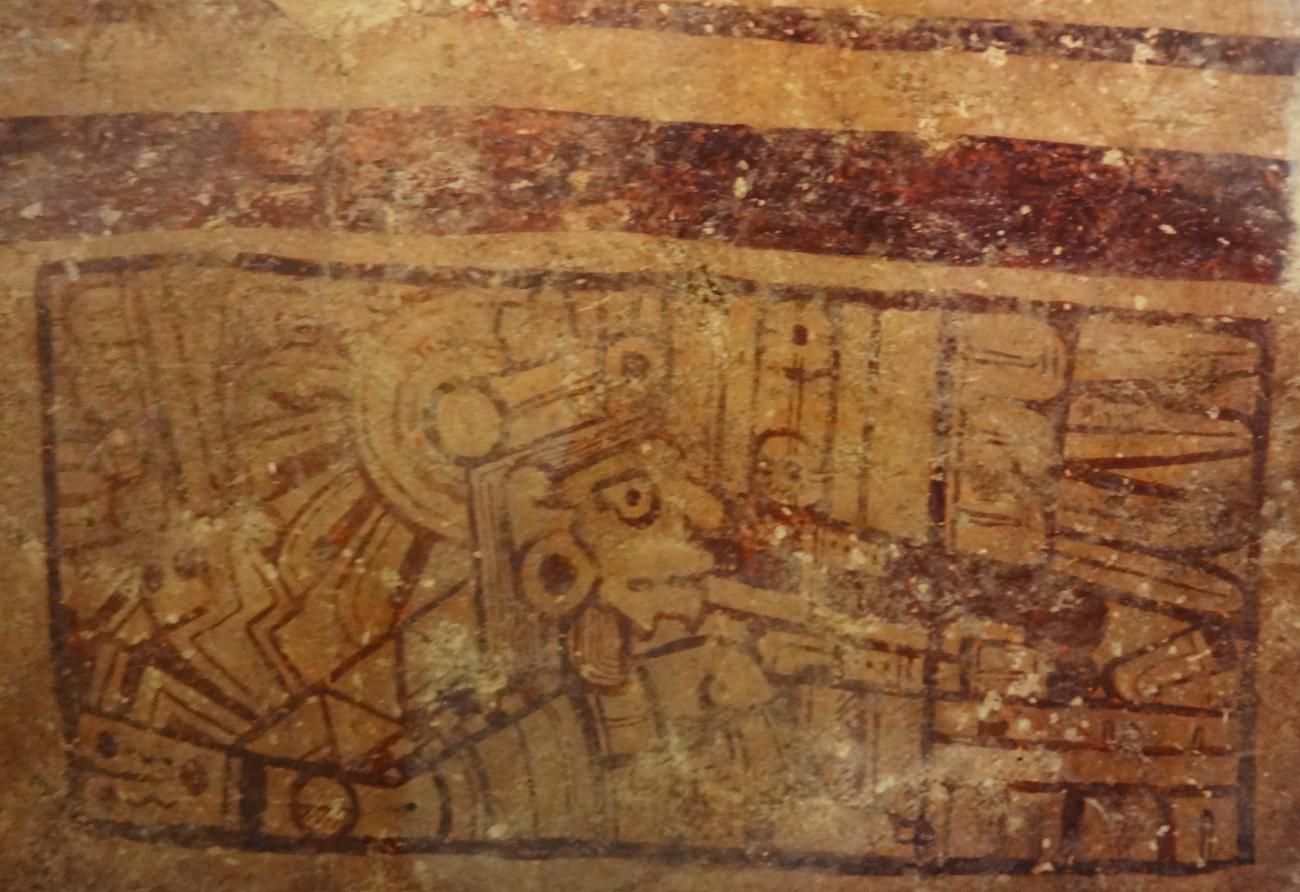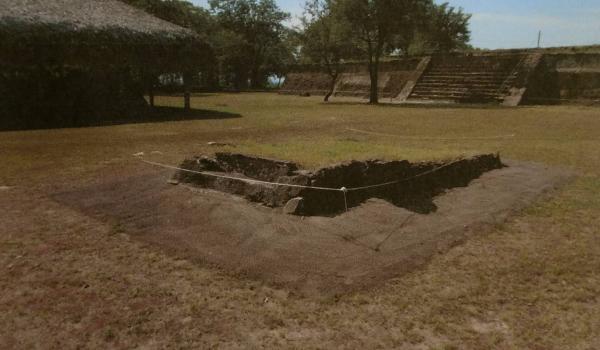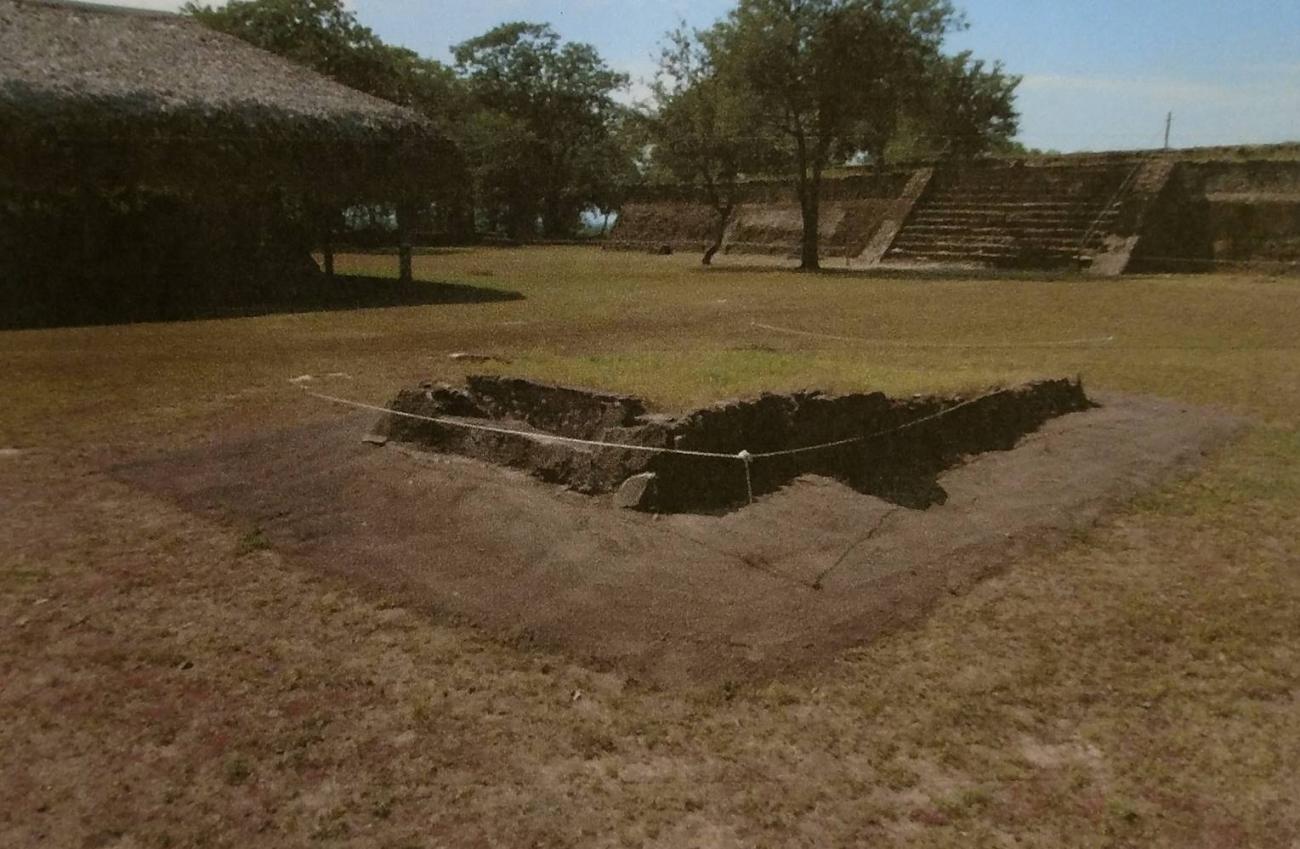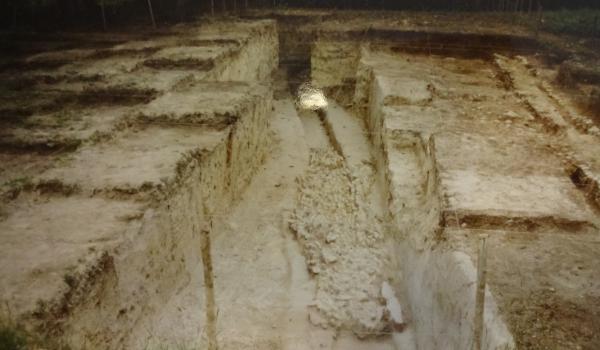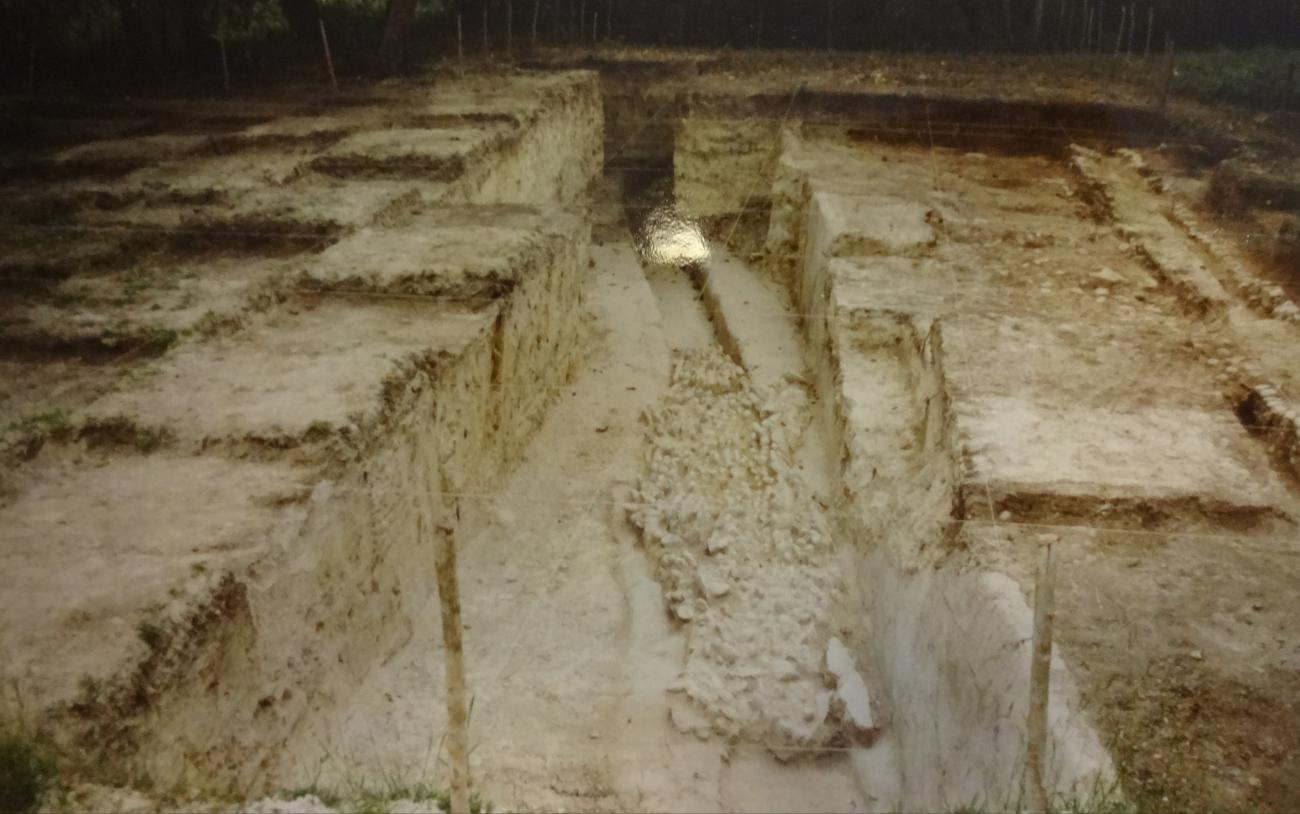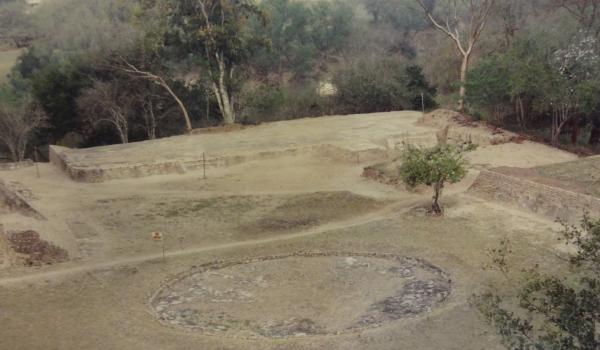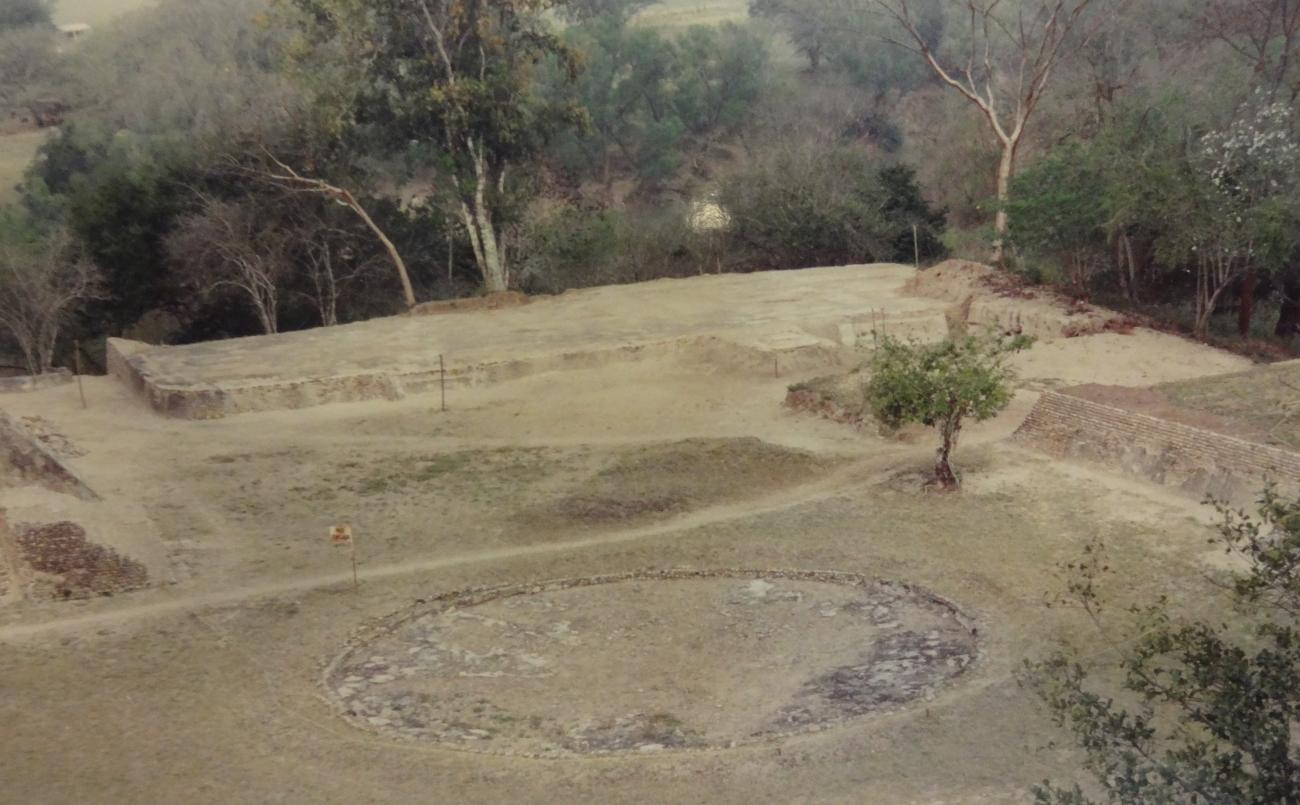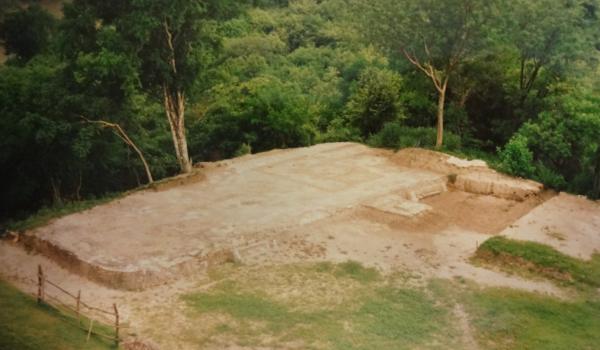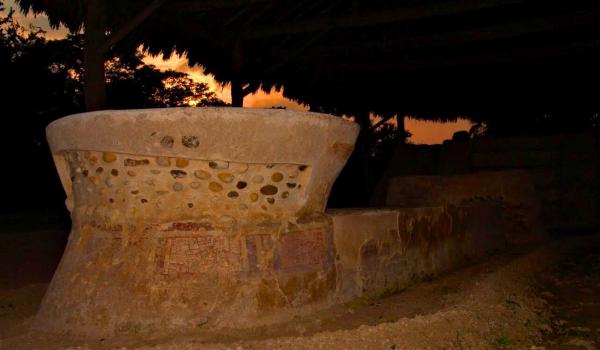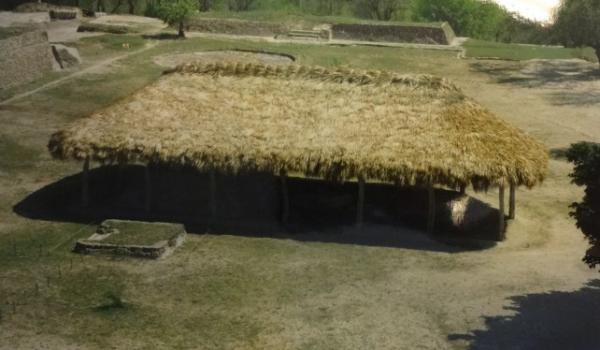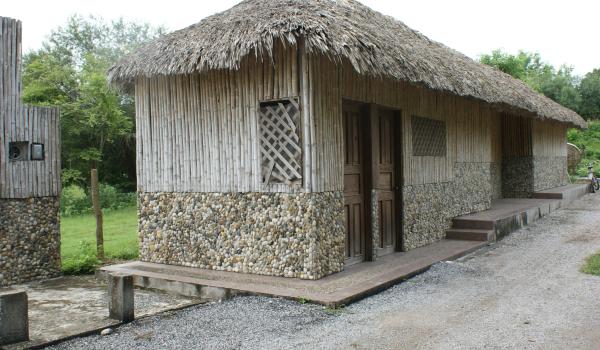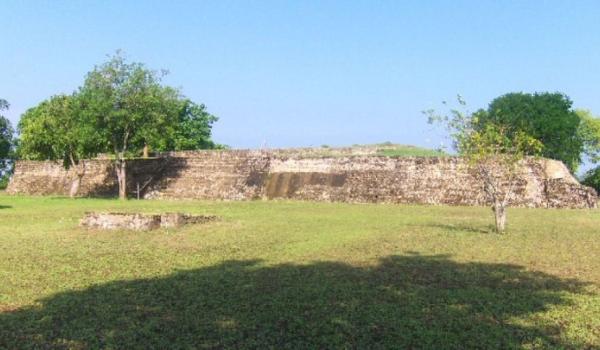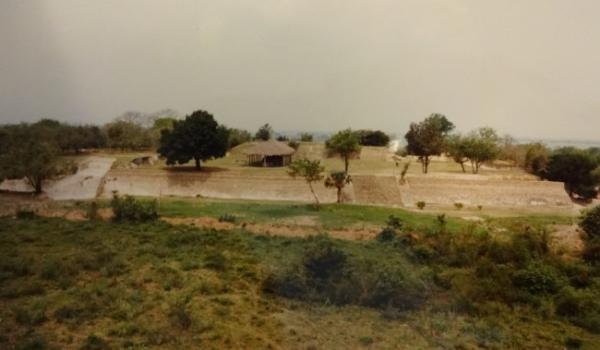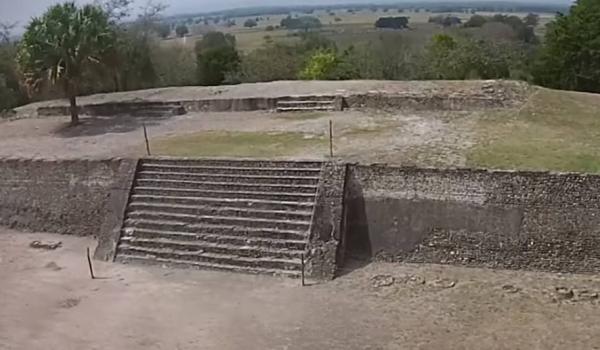Pre-Hispanic city on the south bank of the river Tampaón, covering approximately 520 acres. The settlement’s location was determined by three factors: crucially it was close to water, it was above the flood level and the location was protected against the probable incursions of neighboring hunter-gatherer groups to the north.
Despite only lasting for a short time, since it was only built 200 to 300 years before the arrival of the Spanish, and was abandoned in the fifteenth century, Tamohi was one of the most important Huastec centers of the last stage of the pre-Hispanic era.
The archeological evidence suggests that Tamohi was a stratified society consisting of governing and artisan classes, who might have belonged to different ethnic groups. The governing elite reserved for itself the large platforms with public and private buildings where the priest-governors carried out their religious and administrative activities. At the same time, spaces have been found whose features would class them as private, and these might have been allocated for use as residences for the top leadership.
The location of the settlement, so close to a permanent supply of water, enabled it to develop extensive agriculture to feed its inhabitants and also trade with nearby towns surpluses of such things as maize, beans, pumpkins, chili and particularly cotton, as well as the pochote fiber extracted from the kapok tree.
The emblematic sculpture known as “The Huastec Youth” was discovered by chance on the site in 1917.

